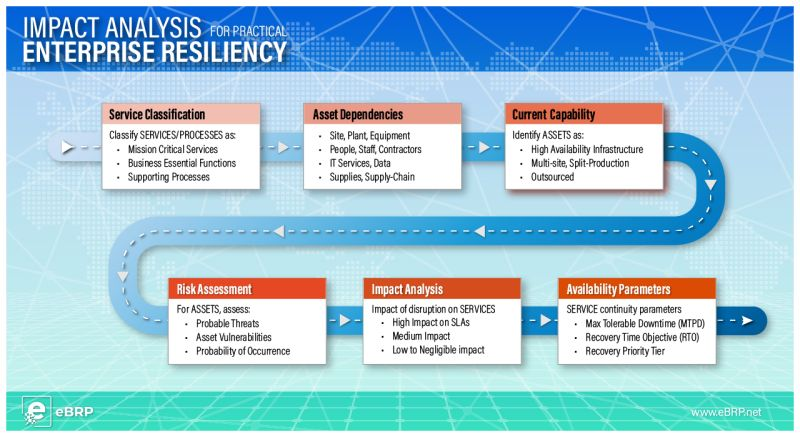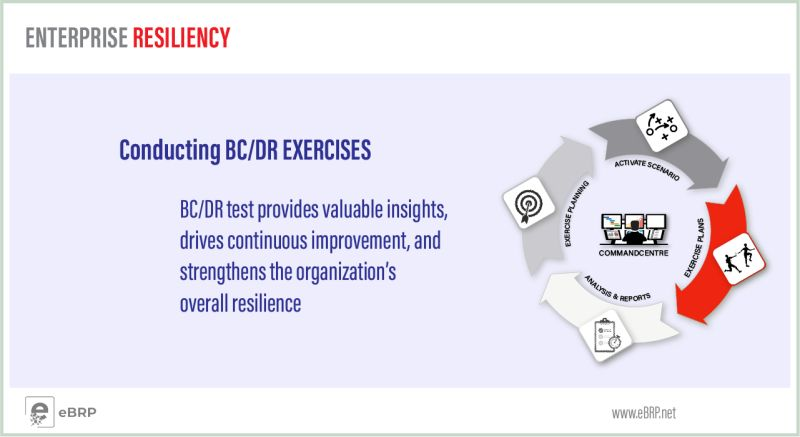
Impact Analysis for Enterprise Resiliency Program
Ensuring enterprise resilience involves evaluating service criticality, analyzing asset dependencies, and assessing current capabilities while addressing risks and potential disruptions. This process identifies vulnerabilities,

